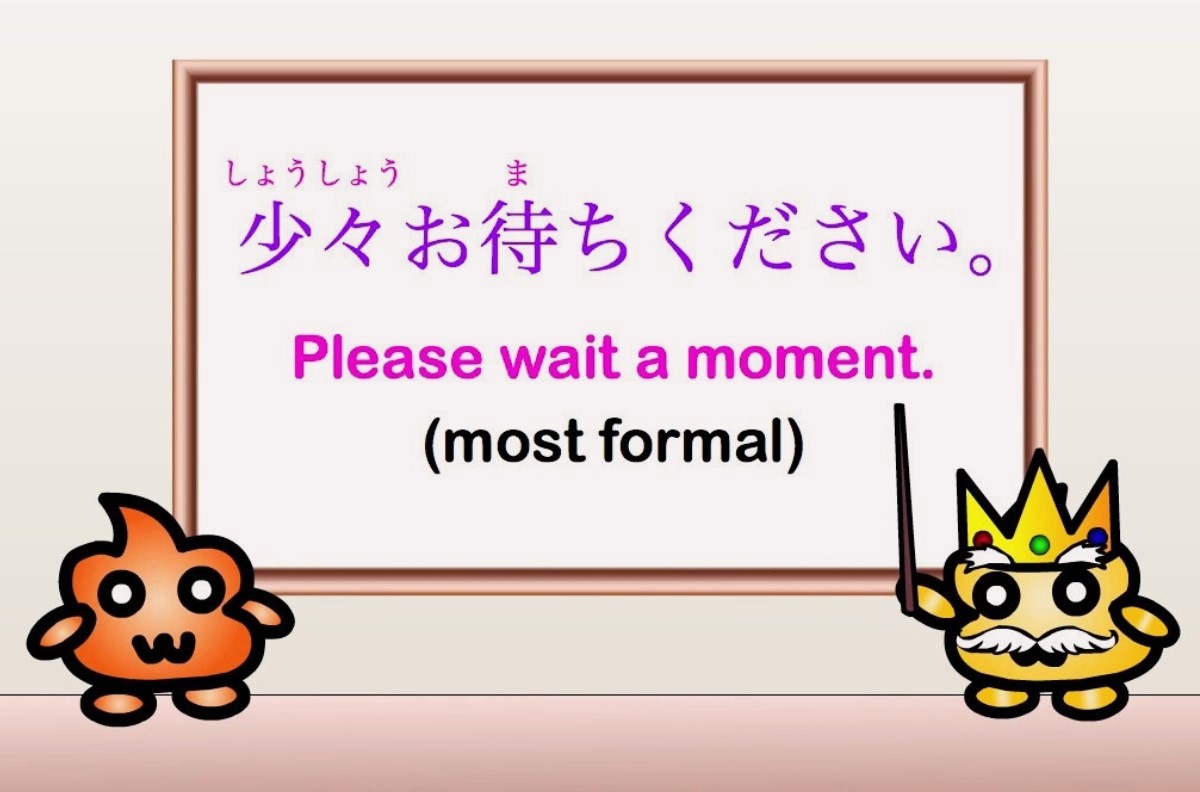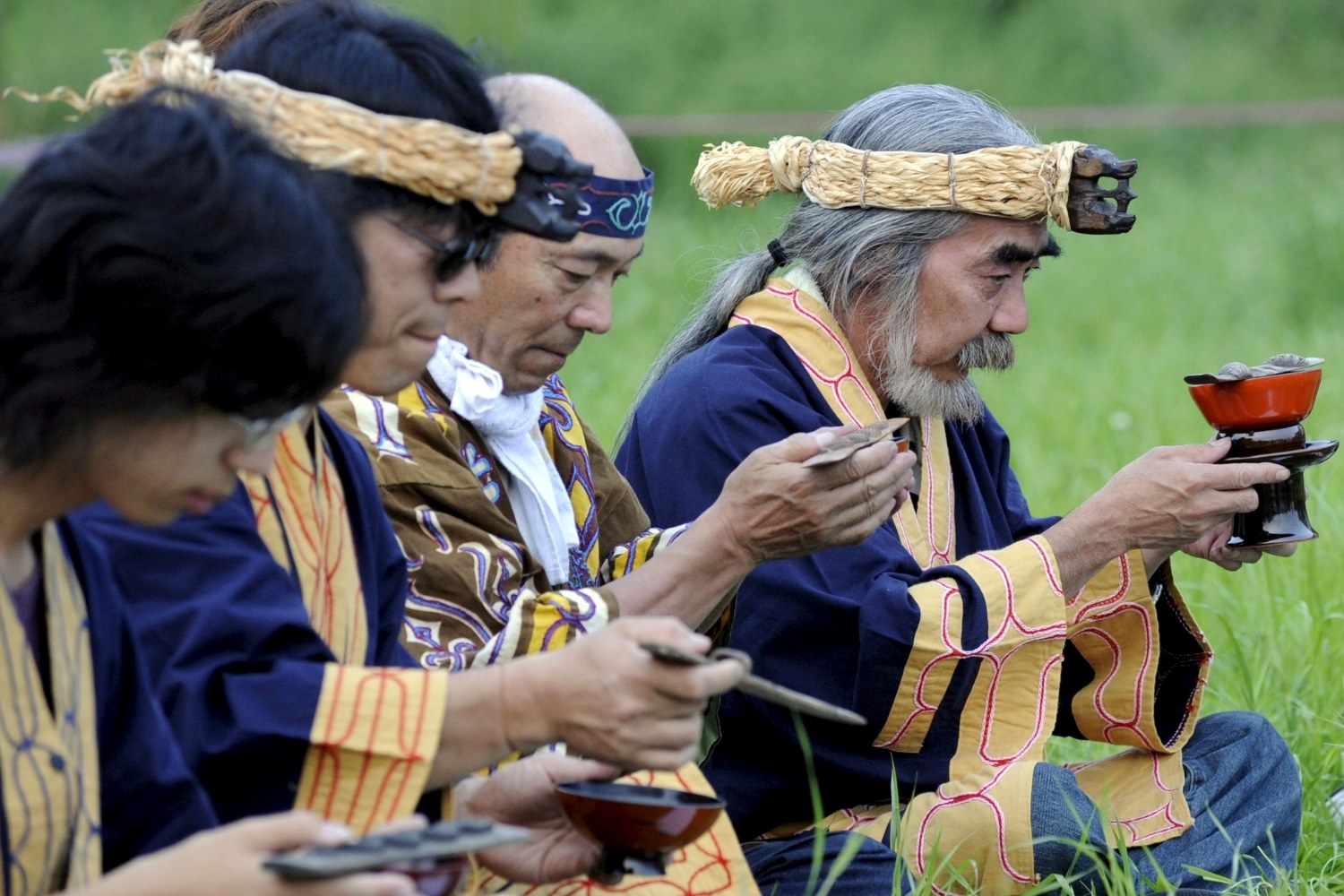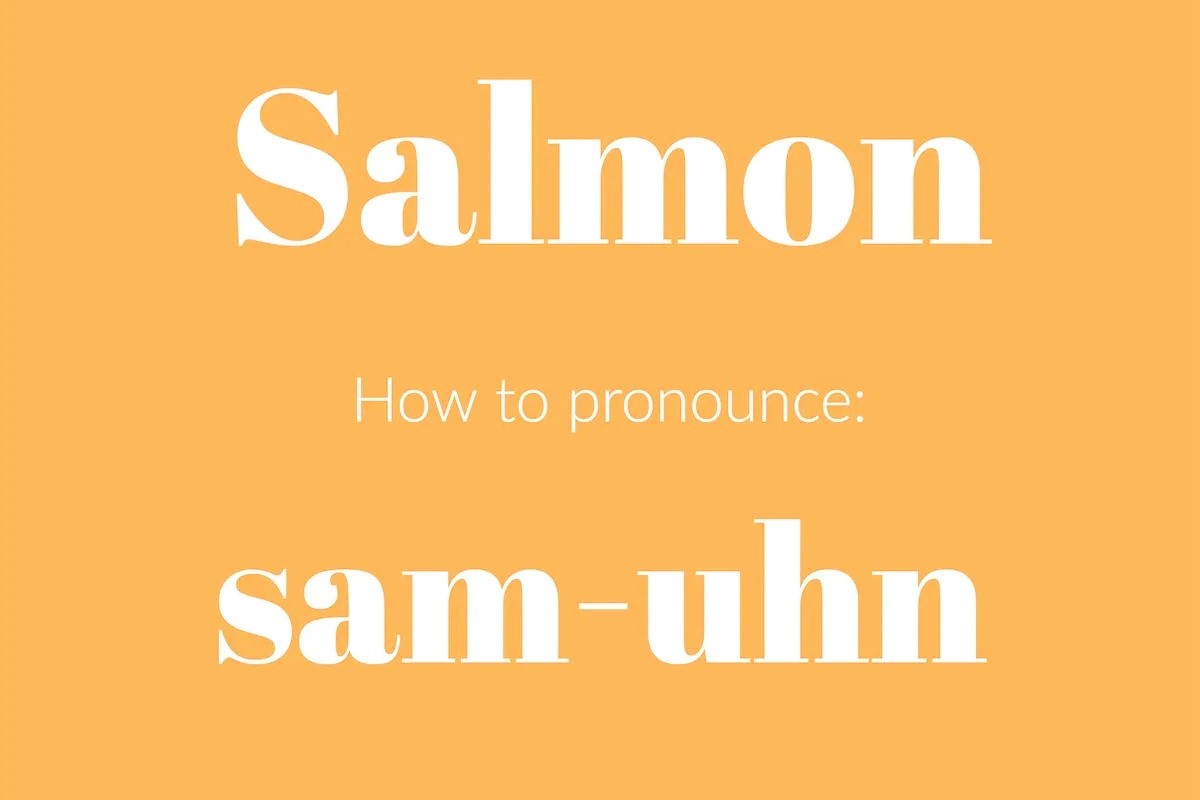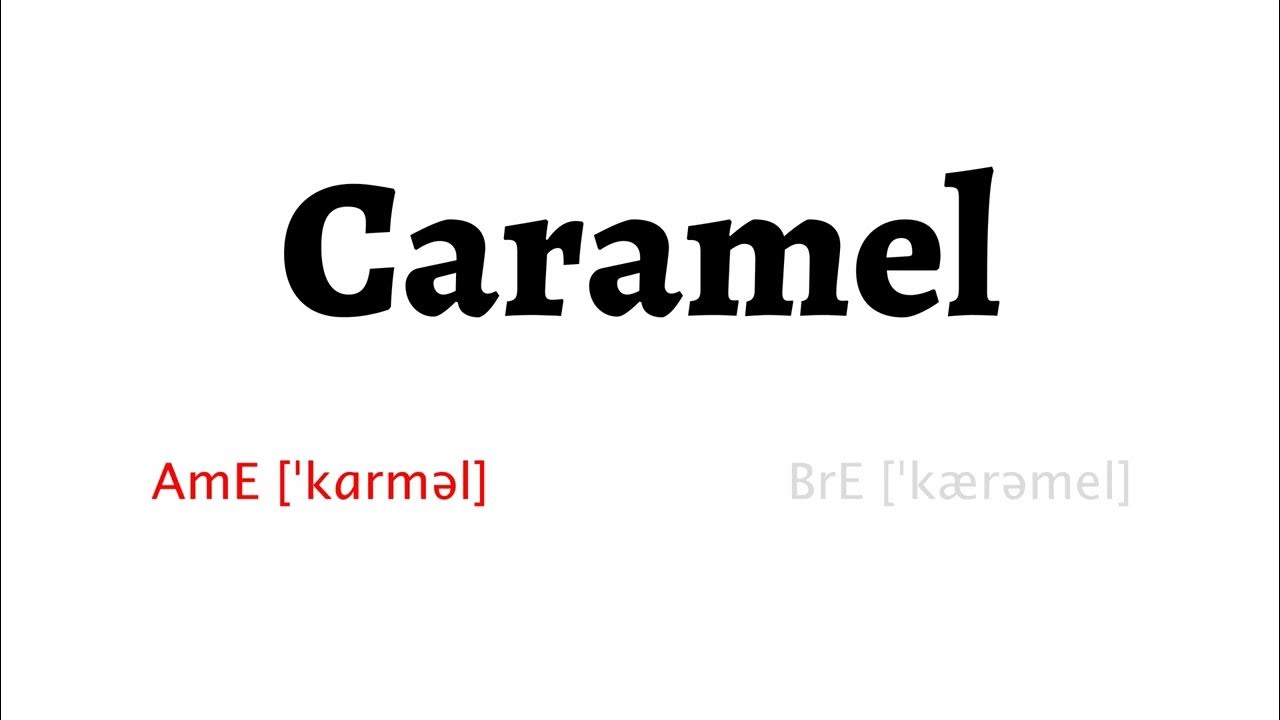Home>Language and Grammar>Correct Usage: Peoples’ Or People’s?


Language and Grammar
Correct Usage: Peoples’ Or People’s?
Published: February 12, 2024
Learn the correct usage of "People's" and "Peoples'" in language and grammar. Understand the difference and improve your writing skills.
(Many of the links in this article redirect to a specific reviewed product. Your purchase of these products through affiliate links helps to generate commission for Noodls.com, at no extra cost. Learn more)
Table of Contents
Introduction
The English language is a fascinating tapestry of words, phrases, and rules that govern their usage. One common source of confusion for many writers is the distinction between "peoples'" and "people's." These terms may seem similar at first glance, but they carry distinct meanings and are used in specific contexts. Understanding the nuances between these two expressions is essential for effective communication and clear, coherent writing.
In this article, we will delve into the differences between "peoples'" and "people's," providing examples of correct usage and highlighting common mistakes to avoid. By the end of this exploration, you will have a solid grasp of when to use each term, empowering you to express yourself with precision and confidence. Let's embark on this linguistic journey to unravel the intricacies of "peoples'" and "people's" and enhance our language skills along the way.
Understanding the difference between "peoples'" and "people's"
The distinction between "peoples'" and "people's" lies in their grammatical function and the specific contexts in which they are used. "People's" is the possessive form of "people," indicating that something belongs to or is associated with a group of individuals. It denotes ownership or a collective belonging, such as "the people's choice" or "the people's rights."
On the other hand, "peoples'" is the plural possessive form of "peoples," which refers to multiple distinct groups or ethnicities. This term is used to indicate the possession or attributes of various populations or communities, emphasizing their diversity and individual identities. For instance, "The indigenous peoples' traditions" acknowledges the unique cultural practices of different indigenous groups.
In essence, "people's" pertains to the collective possession or association of a single group, while "peoples'" encompasses the collective attributes or possessions of multiple distinct groups. Understanding this subtle yet crucial difference enables writers to convey their intended meaning accurately and effectively. By employing these terms with precision, communicators can articulate ideas with clarity and respect for linguistic nuances.
This understanding also underscores the rich diversity of human societies and the importance of acknowledging and honoring the unique characteristics of various cultural, ethnic, and social groups. By using "peoples'" thoughtfully, writers can convey inclusivity and recognition of the multifaceted nature of humanity, fostering a more inclusive and respectful discourse.
In summary, the difference between "peoples'" and "people's" lies in their grammatical form and the scope of their collective reference. While "people's" denotes the possession or association of a single group, "peoples'" encompasses the attributes or possessions of multiple distinct groups. This distinction is pivotal for precise and respectful communication, reflecting the rich tapestry of human diversity and the need for inclusive language usage.
Examples of correct usage
-
People's:
- The people's voice was heard through the power of democracy, emphasizing the collective expression of a unified community.
- The people's resilience in the face of adversity inspired the nation, highlighting the strength and determination of a specific group or population.
- The people's traditions and cultural heritage were celebrated during the festival, showcasing the shared customs and practices of a particular society.
-
Peoples':
- The indigenous peoples' ancestral lands hold profound spiritual significance, acknowledging the diverse and distinct connections of various indigenous communities to their territories.
- The peoples' unique languages and dialects reflect the rich linguistic tapestry of the region, honoring the individual expressions and communication styles of different ethnic groups.
- The peoples' historical narratives and experiences offer valuable insights into the complexities of human civilization, recognizing the diverse perspectives and contributions of multiple cultural and social groups.
These examples illustrate the appropriate usage of "people's" and "peoples'" in different contexts. By employing these terms accurately, writers can convey the collective ownership, attributes, and experiences of specific groups or multiple distinct populations with precision and respect for linguistic nuances. This mindful application of language fosters inclusive and thoughtful communication, acknowledging the rich diversity and multifaceted nature of human societies.
Common mistakes to avoid
-
Misuse of Plural Possessive Form: One common mistake is the incorrect use of the plural possessive form "peoples'." It is essential to remember that "peoples'" specifically refers to the possessions or attributes of multiple distinct groups or ethnicities. Misusing this term by applying it to a singular group can lead to confusion and misrepresentation of the intended meaning. Writers should exercise caution to ensure that "peoples'" is used accurately to convey the collective attributes of diverse populations.
-
Lack of Clarity in Collective References: Another prevalent error is the lack of clarity in collective references. When discussing the shared experiences, possessions, or characteristics of a specific group, using "people's" instead of "peoples'" can result in ambiguity. Conversely, employing "peoples'" when referring to the collective attributes of a singular group can lead to linguistic inaccuracies. Writers should pay close attention to the context and scope of their collective references to avoid misrepresenting the intended message.
-
Failure to Acknowledge Cultural Diversity: Omitting the recognition of cultural diversity and distinct identities when using "peoples'" can be a significant oversight. It is crucial to acknowledge and honor the unique attributes and possessions of various ethnic, social, or indigenous groups when employing the term "peoples'." Failing to do so may undermine the significance of cultural diversity and perpetuate linguistic insensitivity. Writers should strive to incorporate inclusive language that respects and celebrates the multifaceted nature of human societies.
-
Inconsistent Application of Plural Possessive Forms: Inconsistency in the application of plural possessive forms can detract from the coherence and precision of written communication. Writers should ensure that they maintain consistency in using "peoples'" when referring to the collective attributes of multiple distinct groups and "people's" when denoting the possessions or associations of a singular group. This consistency fosters clarity and accuracy in conveying the intended meaning, contributing to effective and respectful language usage.
-
Neglecting the Historical and Cultural Significance: Failing to recognize the historical and cultural significance of diverse populations when utilizing "peoples'" can diminish the depth and richness of their experiences. Writers should approach the use of "peoples'" with an understanding of the profound historical narratives, traditions, and contributions of various ethnic and social groups. By acknowledging the cultural and historical significance of these communities, writers can employ "peoples'" with reverence and authenticity, reflecting a nuanced understanding of human diversity.
By being mindful of these common mistakes and exercising precision in language usage, writers can effectively convey the collective attributes, possessions, and experiences of diverse populations while fostering inclusive and respectful communication.
Conclusion
In conclusion, the distinction between "peoples'" and "people's" is not merely a matter of grammatical form; it embodies a profound acknowledgment of human diversity, cultural richness, and the complexities of collective identities. By understanding and applying these terms with precision, writers can convey the collective attributes, possessions, and experiences of specific groups or multiple distinct populations with clarity and respect for linguistic nuances.
The examples of correct usage demonstrate the nuanced application of "people's" and "peoples'" in various contexts, showcasing the importance of accurate language usage in reflecting the diverse narratives and contributions of human societies. Furthermore, by highlighting common mistakes to avoid, this exploration emphasizes the significance of maintaining clarity, consistency, and cultural sensitivity when employing these terms. Writers are encouraged to exercise caution to ensure that their language usage accurately represents the intended meaning and fosters inclusive and respectful communication.
Ultimately, the distinction between "peoples'" and "people's" transcends grammatical technicalities; it embodies a profound recognition of the multifaceted nature of humanity. By embracing this understanding, writers can contribute to a linguistic landscape that celebrates diversity, honors cultural richness, and fosters inclusive discourse. Through mindful language usage, individuals can amplify the voices, experiences, and traditions of diverse populations, enriching the tapestry of human expression and understanding.
In essence, the distinction between "peoples'" and "people's" serves as a reminder of the intricate mosaic of human societies, each with its unique stories, traditions, and contributions. By embracing linguistic precision and cultural sensitivity, writers can weave a narrative that resonates with authenticity, inclusivity, and reverence for the rich tapestry of human diversity. This linguistic journey offers not only a deeper understanding of grammatical nuances but also a profound appreciation for the myriad voices and experiences that shape our collective human story.















